Stunning Companion Plants For Fringe Trees
Fringe trees (Chionanthus virginicus) are beautiful deciduous shrubs or small trees that are native to eastern North America. They are known for their delicate, white flowers that bloom in late spring or early summer. Fringe trees can grow to be 20-30 feet tall, and they have a spreading, vase-shaped habit. They prefer full sun to partial shade and moist, well-drained soil.
Fringe trees are relatively easy to care for and are not susceptible to many pests or diseases. They are also deer-resistant, which makes them a good choice for gardens in areas with a high deer population.
If you are considering adding a fringe tree to your garden, you may be wondering what companion plants would work well with it. Here are a few suggestions:
- Spigelia marilandica (Indian pink): This herbaceous perennial blooms in early summer with bright red flowers that resemble flames. It is a good choice for planting under a fringe tree, as it will not compete with the tree for sunlight.
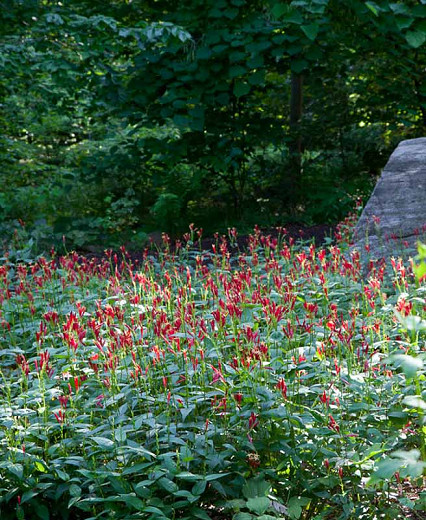
- Pachysandra procumbens (Allegheny spurge): This evergreen groundcover is tolerant of shade and can help to fill in the space under a fringe tree. It has glossy green leaves and produces small white flowers in the spring.

- Philadelphus inodorus (Scentless mock orange): This shrub blooms in late spring with fragrant white flowers. It is a good choice for planting near a fringe tree, as the two plants will complement each other's blooms.
- Carpinus caroliniana (American hornbeam): This small tree is known for its attractive bark, which peels off in thin layers. It is a good choice for planting in front of a fringe tree, as it will not block the tree's flowers.
- Clematis viorna (Vasevine): This vine blooms in late spring and early summer with blue or purple flowers. It is a good choice for planting on a trellis or fence near a fringe tree.

- Scutellaria serrata (Showy skullcap): This herbaceous perennial blooms in late spring and early summer with blue or purple flowers. It is a good choice for planting in a shady spot near a fringe tree.

- Rhododendron periclymenoides (Pinkster flower): This shrub blooms in early spring with pink or white flowers. It is a good choice for planting near a fringe tree, as the two plants will bloom at different times of the year.
- Penstemon smallii (Beard tongue): This herbaceous perennial blooms in late spring and early summer with purple or pink flowers. It is a good choice for planting in a sunny spot near a fringe tree.

These are just a few suggestions for companion plants for fringe trees. When choosing companion plants, it is important to consider the mature size of the plants, their sunlight and soil requirements, and their bloom times. By carefully choosing your companion plants, you can create a beautiful and harmonious landscape that will bring you joy for years to come.
Fringe trees are beautiful flowering trees that can add a touch of elegance to any garden. But what plants should you pair them with?
The best companion plants for fringe trees will depend on the specific variety of fringe tree you have, as well as the conditions in your garden. However, some general guidelines include:
- Plants that thrive in partial shade to full sun. Fringe trees can tolerate a wide range of light conditions, but they will do best in areas that receive at least partial shade. If you live in a hot climate, you may want to choose a variety of fringe tree that is more tolerant of full sun.
- Plants that have similar water needs. Fringe trees are not particularly drought-tolerant, so you'll want to choose companion plants that have similar water needs. If you live in an area with dry summers, you may want to choose drought-tolerant plants like sedum or yucca.
- Plants that complement the fringe tree's flowers. Fringe trees have delicate, white flowers that bloom in the spring. You can choose companion plants that have similar colors, such as bluebells or viburnums. Or, you can choose plants that have contrasting colors, such as purple coneflowers or orange daylilies.
For more information about fringe tree companion plants, I recommend visiting Gardenia Inspiration. This website has a comprehensive list of plants that can be paired with fringe trees, as well as information on the specific conditions that each plant needs.
FAQ of fringe tree companion plants
Question 1: What are some good companion plants for fringe trees?
Answer: Fringe trees are native to North America and can be found growing in a variety of habitats, from woodlands to meadows. As a result, they can be paired with a wide range of companion plants. Some good options include:
- Dogwoods: Dogwoods and fringe trees have similar growing requirements and can be planted together in full sun or partial shade. They will also bloom at the same time, providing a colorful display in your garden.
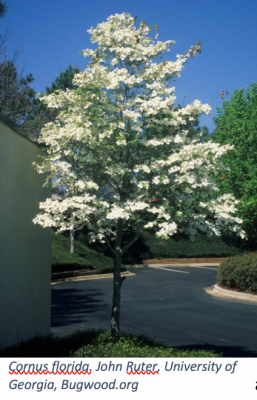
- Ferns: Ferns are a good choice for shady areas and can help to add depth and texture to your garden. They will also help to keep the soil moist, which fringe trees appreciate.
- Hellebores: Hellebores are early-blooming perennials that can add interest to your garden in the spring. They are also deer-resistant, which can be a plus if you have deer in your area.

- Evergreen shrubs: Evergreen shrubs can provide year-round interest in your garden and can help to hide the bare branches of fringe trees in the winter. Some good options include boxwood, privet, and holly.

- Spring bulbs: Spring bulbs, such as daffodils, tulips, and crocuses, can add a pop of color to your garden in the spring. They will also bloom before the fringe tree's leaves emerge, so you can enjoy their flowers without them being hidden.
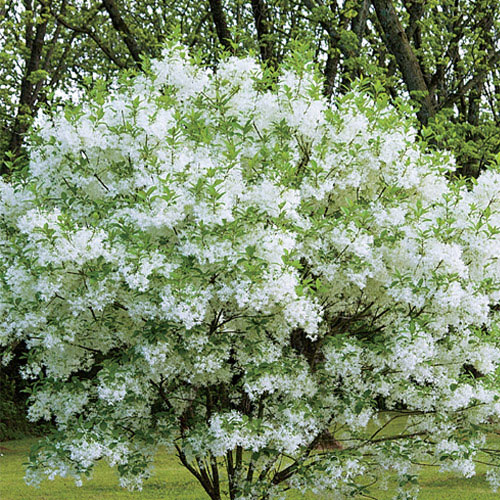
Question 2: How far apart should fringe trees be planted?
Answer: Fringe trees should be planted at least 10 feet apart. This will give them enough space to grow and spread. If you are planting multiple fringe trees, it is a good idea to space them evenly so that they create a cohesive look in your garden.
Question 3: What type of soil do fringe trees need?
Answer: Fringe trees prefer moist, well-drained soil. If your soil is sandy or clayey, you may need to amend it with compost or other organic matter to improve drainage. Fringe trees are also sensitive to alkaline soils, so it is important to test your soil pH and adjust it as needed.
Question 4: When should fringe trees be planted?
Answer: Fringe trees can be planted in the spring or fall. If you are planting in the spring, make sure to do so before the tree's leaves emerge. If you are planting in the fall, wait until the leaves have fallen off the tree.
Question 5: How do I care for fringe trees?
Answer: Fringe trees are relatively easy to care for. They need regular watering, especially during the first year after planting. They also benefit from an annual application of fertilizer in the spring. In addition, you should prune fringe trees in the spring to remove any dead or diseased branches.
Image of fringe tree companion plants
- Japanese maple (Acer palmatum): This deciduous tree is known for its colorful leaves in the fall. It can be planted in full sun or partial shade and prefers moist, well-drained soil.
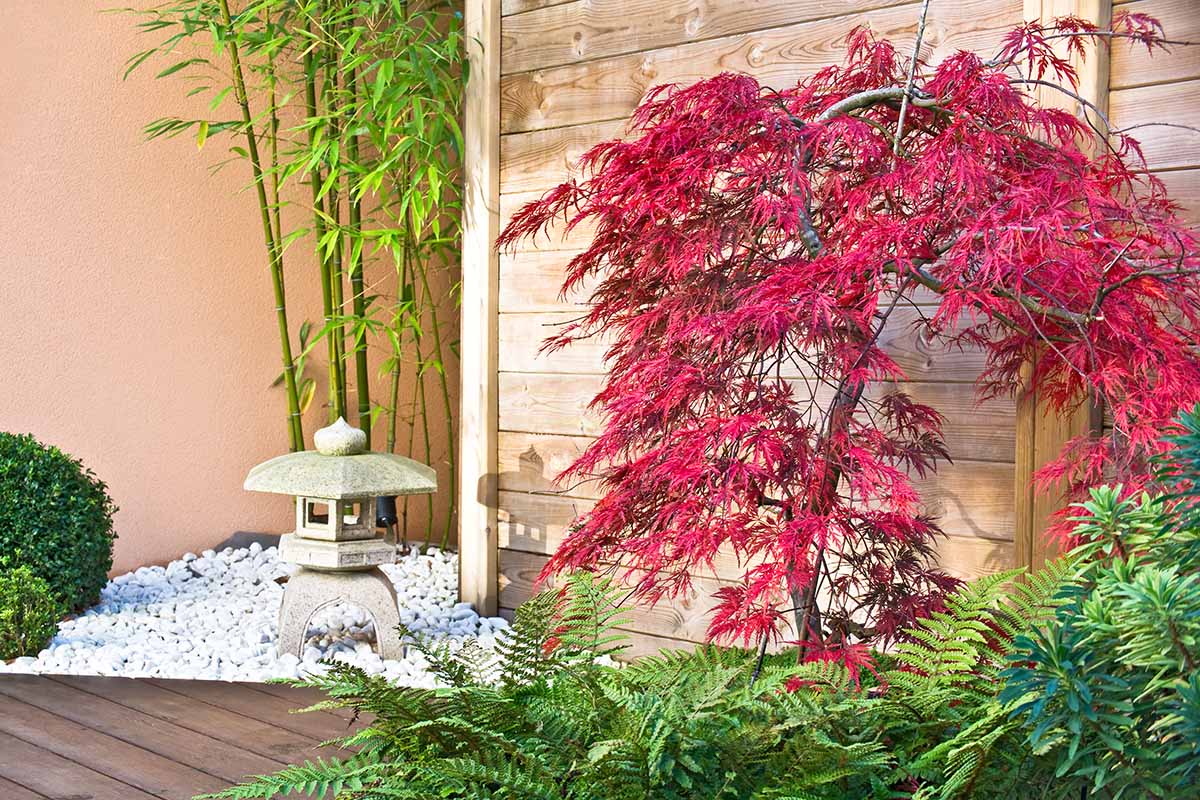
- Rhododendron (Rhododendron spp.): This evergreen shrub or small tree is known for its showy flowers in the spring. It prefers acidic, well-drained soil and partial to full shade.

- Hydrangea (Hydrangea spp.): This deciduous shrub or small tree is known for its large, showy flowers in the summer. It prefers moist, well-drained soil and full sun to partial shade.
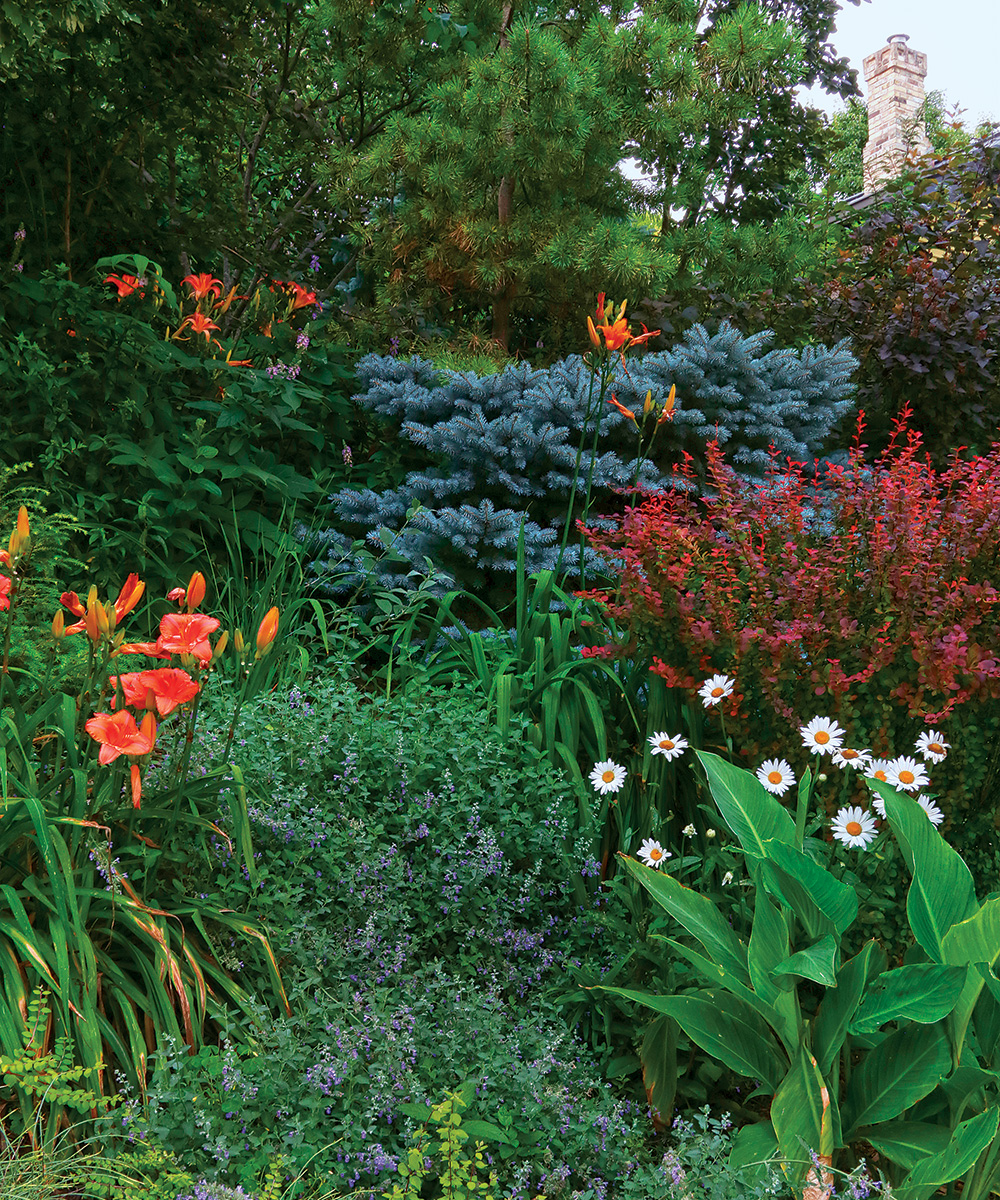
- Virginia sweetspire (Itea virginica): This deciduous shrub is known for its fragrant white flowers in the spring. It prefers moist, well-drained soil and full sun to partial shade.

- Pieris japonica (Pieris japonica): This evergreen shrub is known for its white or pink flowers in the spring. It prefers acidic, well-drained soil and partial to full shade.


Post a Comment for " Stunning Companion Plants For Fringe Trees"